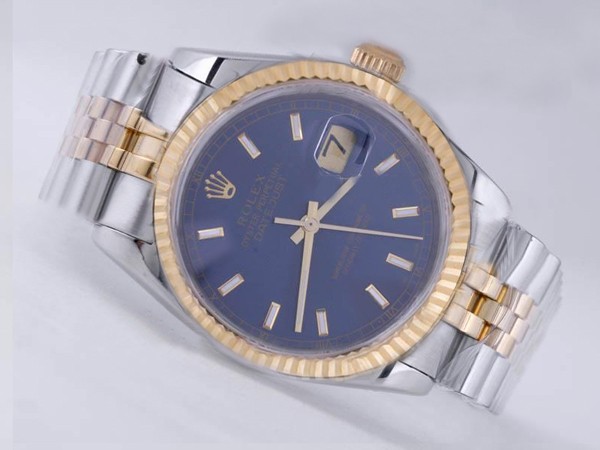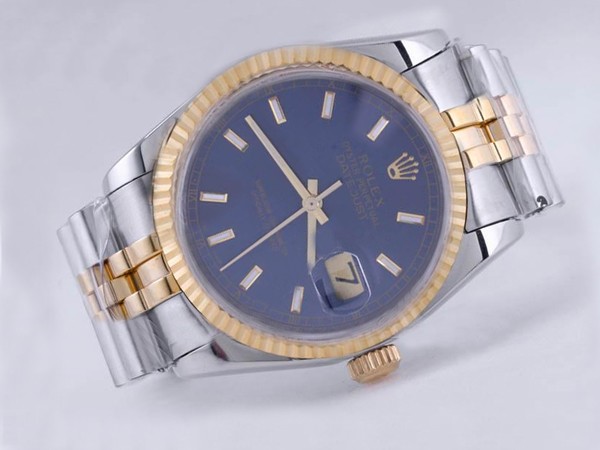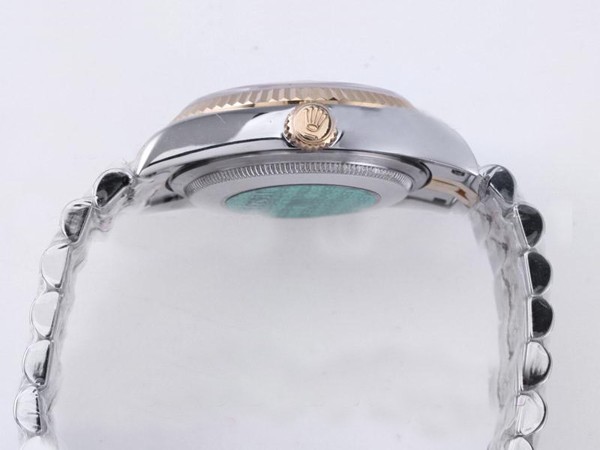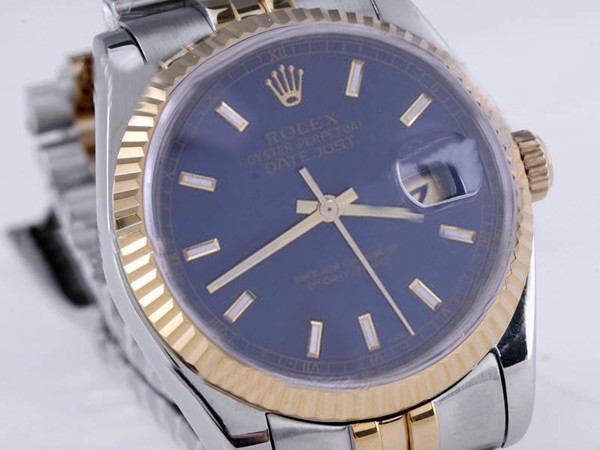quartz chronograph, good benefits to you here today.
While Rolex surely has made quartz watches in the past—namely Oysterquartz models and the Rolex replica watch with the Beta 21 movement—the Daytona has never had anything other than a mechanical movement powering it. However, the movement driving the Rolex Daytona has changed several times over the years, and that is the real subject of today’s article.
Vintage Rolex Daytona replica watches made from the 1960s until the late 1980s were manual-wound chronographs. At the heart of these sporty timepieces are Valjoux 22 based calibers—first the Rolex Caliber 722 followed by the Rolex Caliber 727.
Since the vintage Daytona watches are hand-wound, they are not part of the Oyster Perpetual family. Don’t forget it that the “Perpetual” in “Oyster Perpetual” refers to Rolex’s automatic movements with the perpetual rotor.
In the past few decades, Rolex replica unveiled a brand new version of the Rolex Daytona. The brand said goodbye to the manual mechanical movements and hello to automatic calibers for their signature chronograph watch. However, rather than build one from the ground up, Rolex used the famous Zenith El Primero automatic chronograph movement as a base and heavily modified it according to their own specs.


The modified movement was dubbed the Rolex Caliber 4030 and it was housed inside the newly designed Daytona watches with five-digit reference numbers. Along with the new automatic movement, these modern Daytona watches sported larger 40mm cases and a contemporary style.
Rolex finally released an in-house chronograph movement, the Caliber 4130, to power the latest generation of the famous Rolex chronograph. It took about five years to develop and includes a vertical clutch rather than the more common horizontal clutch, which offers improved performance.
It’s worth mentioning that because the highly coveted ceramic Daytona replica rolex watch made its debut two years ago, it falls under the new parameters. Therefore while a quartz caliber or battery has never seen the inside of a Rolex Daytona, the iconic chronograph has been home to a range of movements throughout its five-decade history.
Useful Ways of Battery Changing in your replica rolex Daytona
